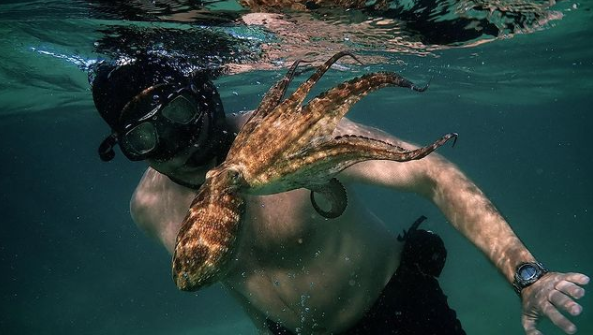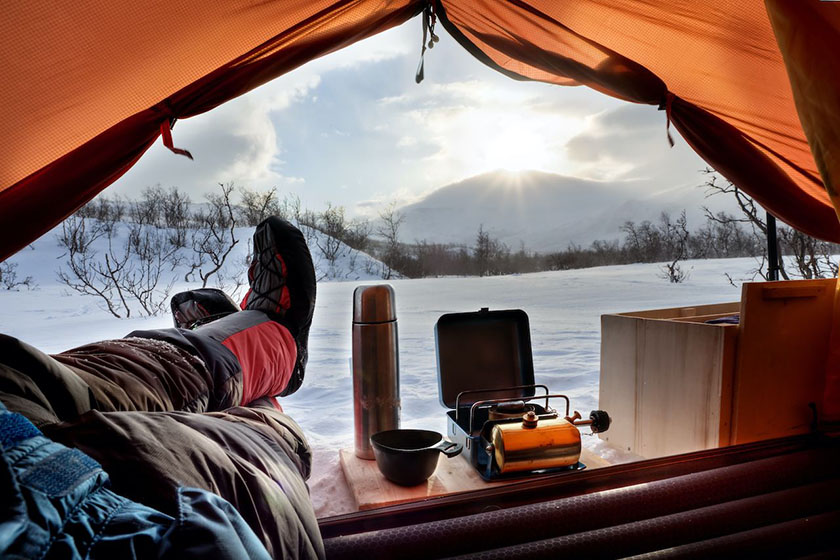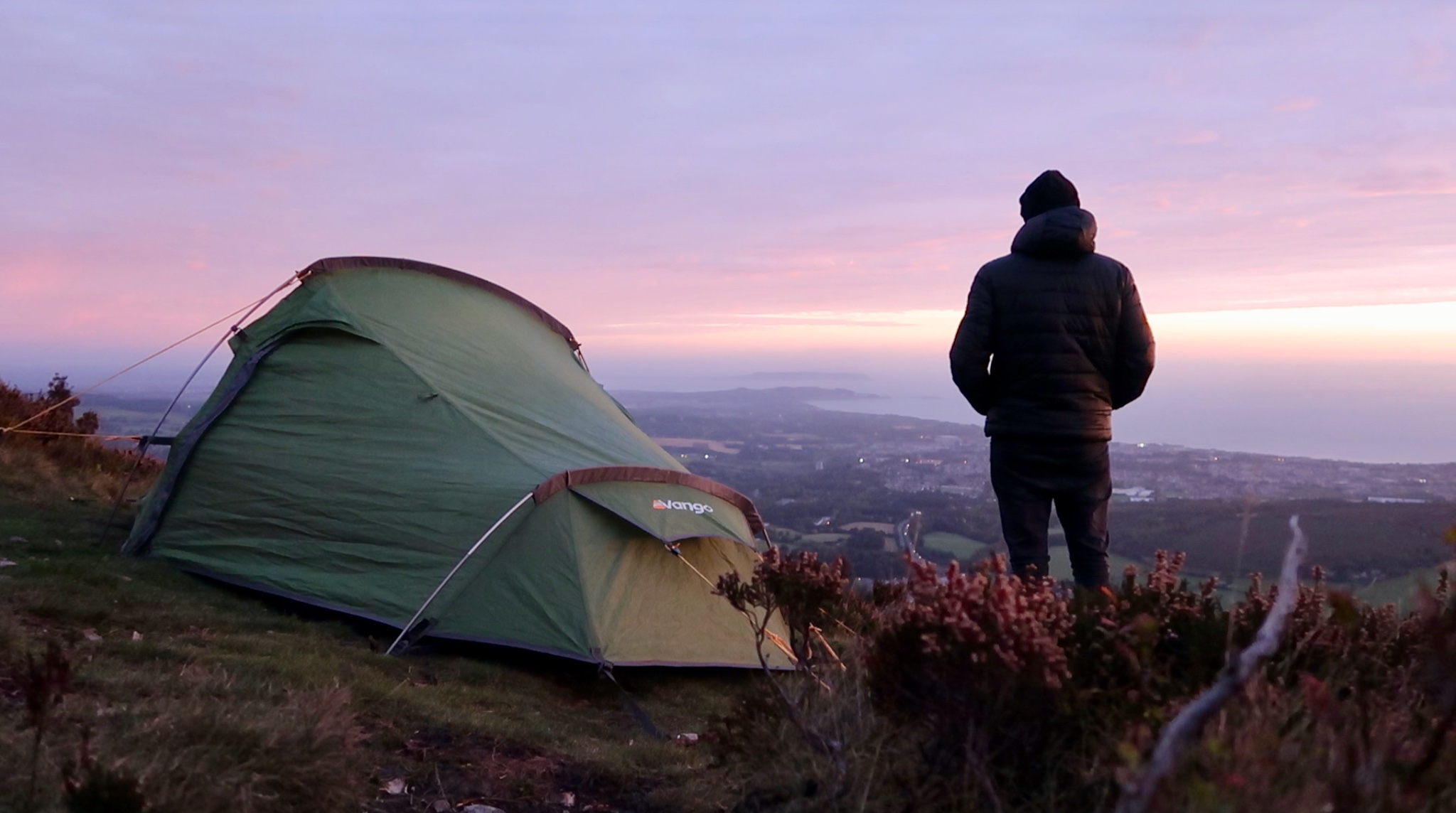I stayed in more than a few campsites during my walk around Ireland a couple of years ago. Many of these campsites were popular family camping hotspots. To be honest, I experienced a sense of “Groundhog Day” in each one. It was none of my business, of course. I couldn’t help but feel sorry for some of the parents and even the children on occasion!
But what am I talking about and why was I feeling sorry in the first place?
For those who may be new to camping, I’d like to talk briefly about “what not to do” on a family camping trip to ensure that everyone will have a good time.
A Quick Word About the Importance of Keeping It Simple
Even though I don’t have any children of my own I’ve come to a conclusion. A family camping trip is either a great success or a complete disaster. I say this having witnessed examples of both during my time in hundreds of campsites around the country. The following points could be summed up as being all about simplicity. I see the same mistakes made by first time campers all the time and the same goes for family camping. They either bring too much gear or unnecessary items and complicate the experience by ignoring some really basic considerations. It’s not my intention to preach but rather to encourage families to focus on the basics and avoid these common pitfalls.
Now, here’s what not to do on your next family camping trip in Ireland…
7 Things NOT to Do on a Family Camping Trip in Ireland
1. Arrive Late in the Day and Set Up Camp in the Dark
I worked as a safari guide in Africa for 3 years. I learned a golden rule on these trips that would often dictate the mood of the group – the time we arrived at camp. In short, some people find it rather stressful to pitch a tent and set up camp in the dark. This is especially true for inexperienced campers or after driving for several hours that same day. It’s also much better to arrive in daylight and actually see the surroundings, right?
While you might be unable to dictate the weather you can certainly make plans to arrive before dark and save everyone this unnecessary inconvenience that happens all too often.

2. Pitch the Tent Without Surveying the Area
It only takes a minute or two to think about the best spot to set up camp. I remember one family having to abandon camp one morning because they pitched up in a depression at the bottom of a hill. It rained heavily the night before and well, you can imagine what happened next.
Avoid muddy patches, consider camping in a sheltered spot and check the ground is soft enough to peg down the tent. It makes sense to set up camp close to (but not right beside) the toilets and shower facilities. Also, see that young crowd playing music? Make it your business to camp as far away from them as possible. You get my point! Take a little pride in choosing the best spot for your tent and this will save you from having to move.

3. Take Lots of Junk Food and Indulge to Your Hearts Content
You know that bloated feeling that comes after scoffing on too much turkey and ham over Christmas? Something similar can happen after a few days of camping. That is, if the entire camping trip is spent indulging in junk food, you can expect to feel rather lethargic afterward. Now, I’m not saying you avoid sweets completely but rather suggesting that you might strike a balance in this respect. After all, how everyone feels afterward will likely dictate whether they want to go on the next family camping trip.

4. Pack as Much as You Possibly Can From Your Home
I had to laugh at the family in Kerry with a 40-inch television in their tent. Part of me thought “each to their own” but then part of me also felt sorry for the kids. It’s unnecessary and points to a wider problem which often transpires after packing too much for a family camping trip. When you have a television and any such luxuries, this not only dilutes but also complicates the experience. For example, you will likely spend more time sorting the power cables and setting up than enjoying the actual camping. In my own experience, the less you bring on a camping trip, the more enjoyable or rewarding the trip will be. My advice is to keep things really, really, really simple.

5. Tell the Kids that iPads and Phones are BANNED for the Weekend
I’m not a fan of using my phone on a camping trip. That’s not to say I don’t appreciate having one or feel the need to use it. This is certainly true for younger generations who see modern technology as a necessity and a way to keep in touch with friends. Kids and teens are not to be blamed for their reliance on modern technology. While it might seem like you are doing them a favour, taking away this tech will only cause frustration. I’m not about to lecture anyone on how they deal with this issue but bear in mind. It doesn’t make sense to make rules that might cause your kids to associate a family camping trip with not being allowed to do something or a time when they can’t talk to their friends.

6. Rely on a Campfire for Cooking Your Meals
I love the campfire just as much as the next person. I also have a lot of experience cooking on the campfire to know better. During my time as a safari guide in Africa, I realised something. People would rather eat food cooked on a gas stove than wait all night for someone to sort out the campfire. Cooking on a campfire is also tricky and to be honest, just another thing to worry about on a family camping trip. There are also some amazing camping stoves out there at affordable prices. If you do plan on starting a campfire, I suggest reserving this fire for the likes of marshmallows and night-time chats only.

7. Assume It’s Easy to Set Everything Up for the First Time
Packing is not the only way to prepare for a family camping trip. It’s always a good idea to practice your chosen set up and at least know exactly how to pitch the tent. I’m guilty of this last one and really struggled the first time I pitched my Vango Banshee. It looked so easy but there’s a “knack” to every tent and I ended up trying to pitch this tent for one hour in the rain.
It’s important to know how to set everything up properly, from the tent and tarp to the camping stove and air mattresses. I suggest practicing your set up in the back garden or maybe a nearby park. You will have a lot less to think about after this practice and it will sometimes remind you of things you forgot to pack etc. It should go without saying that this is also a fun activity to try at home and a nice way to build anticipation of the upcoming family camping trip.

Final Thoughts
While the above points might seem obvious at first, I see these same “mistakes” being made on every campsite. They do little more than cause stress and frustration and can end up leaving a bad taste for everyone involved. This essentially means that stressed parents won’t want to take the family camping again and the kids won’t want to go either. A family camping trip in Ireland is not only a most affordable option but also a relaxing and fun way to take a holiday.
Try to avoid all the above things Not To Do on a family camping trip!


































































